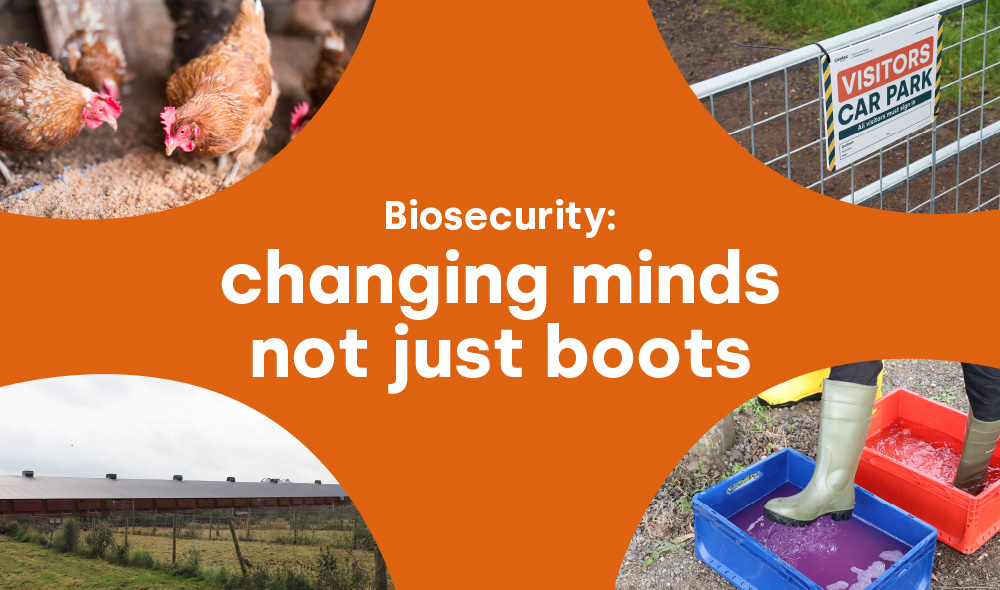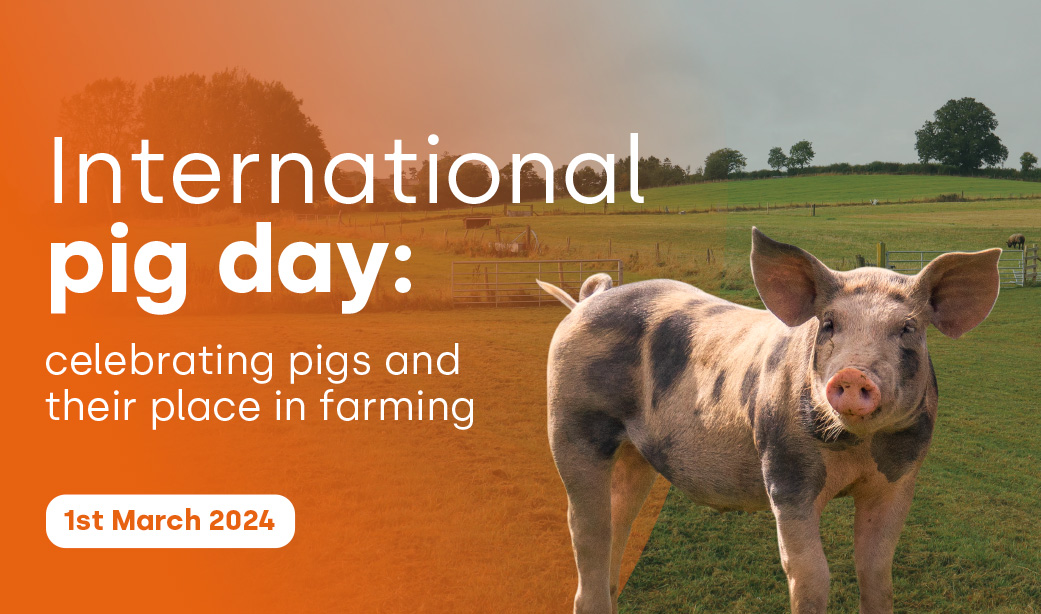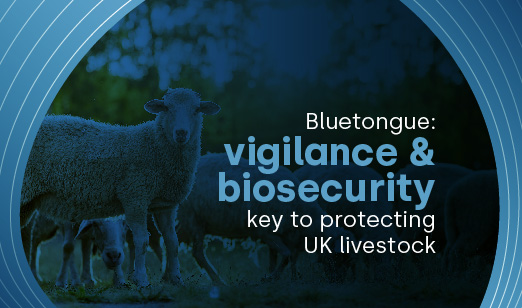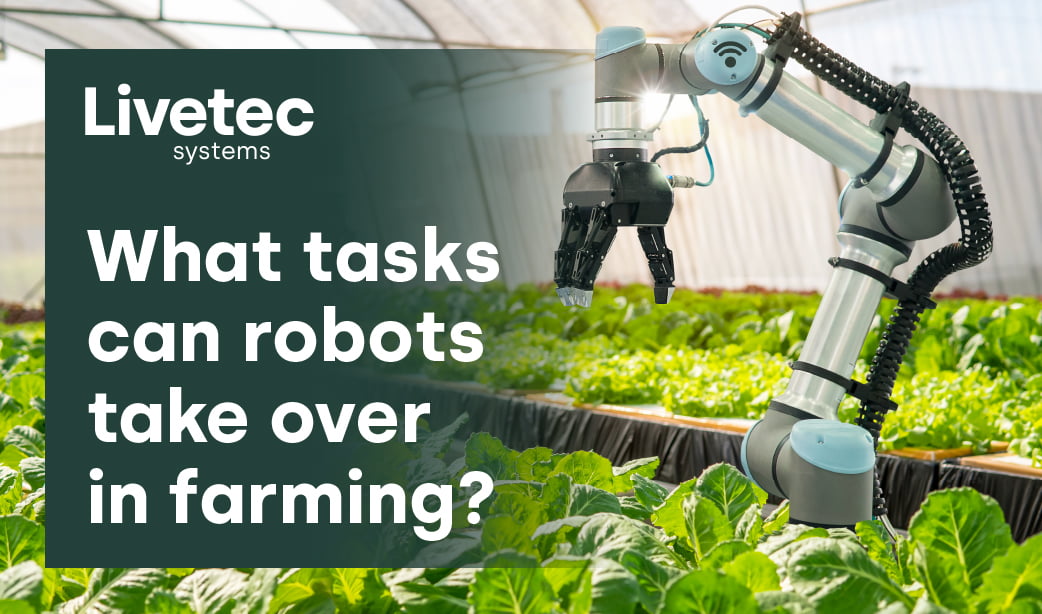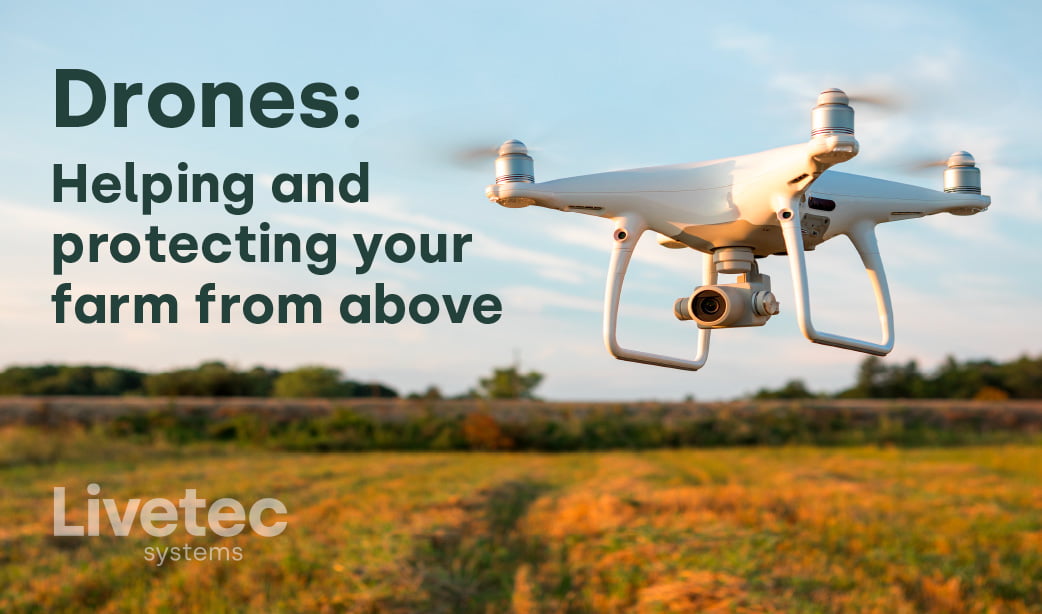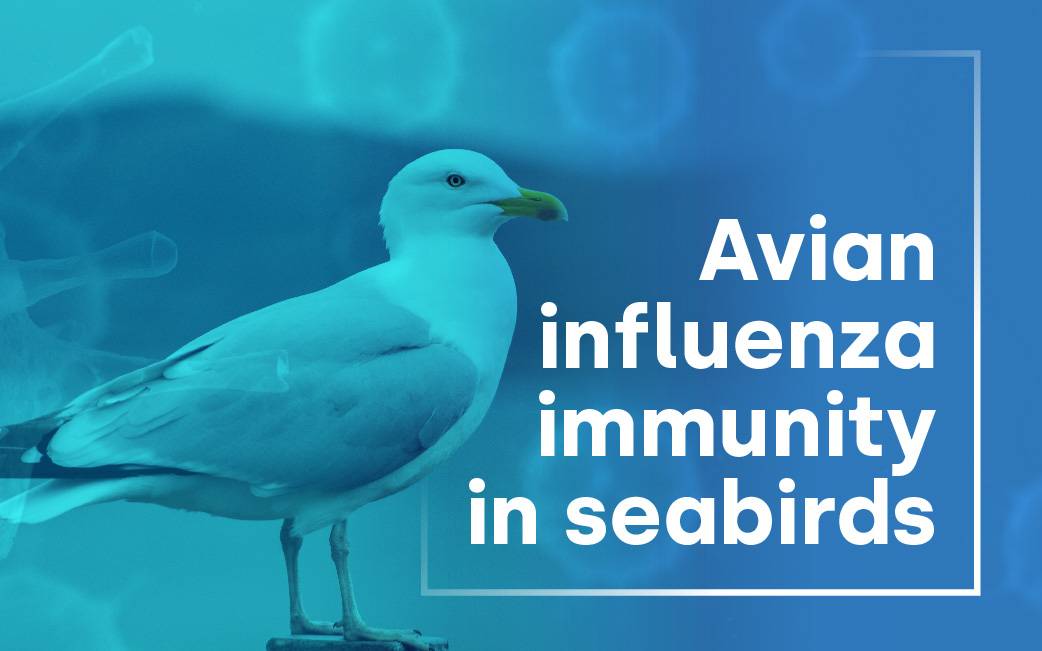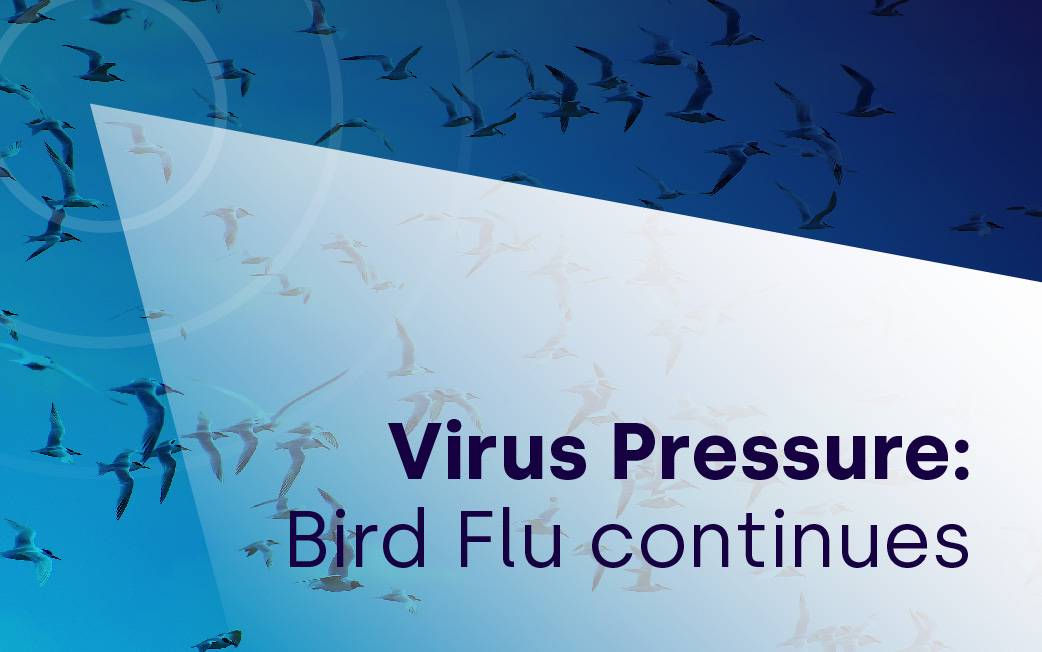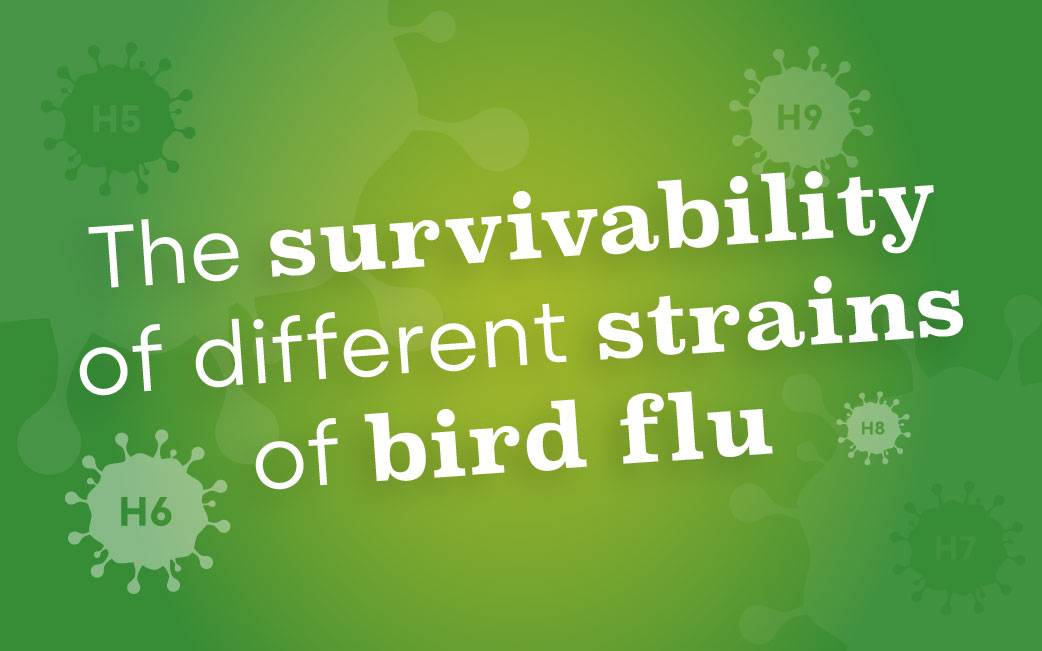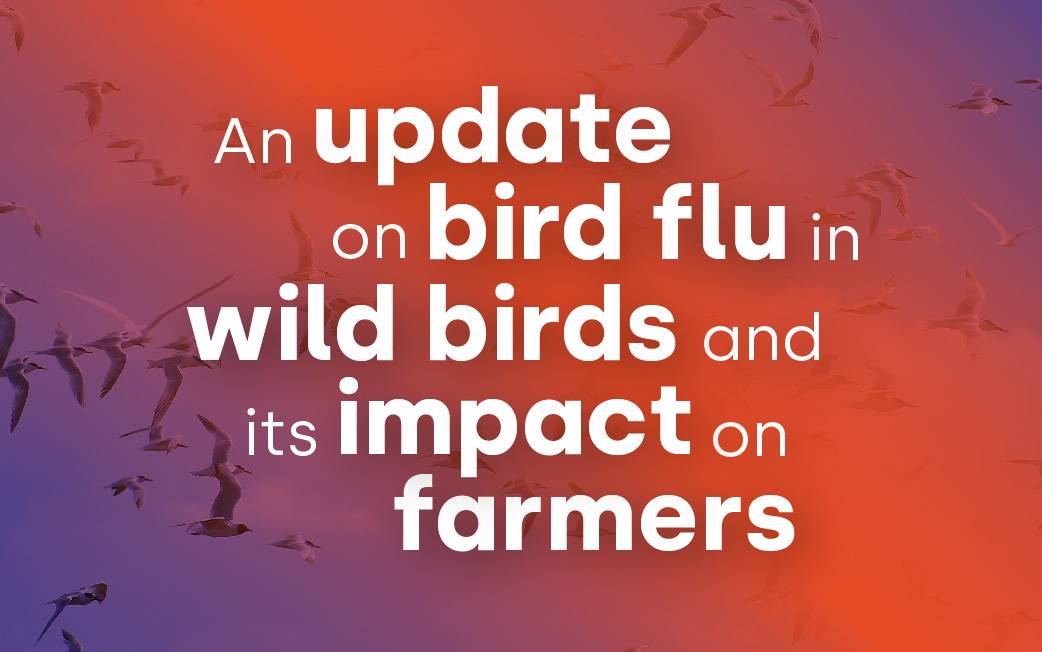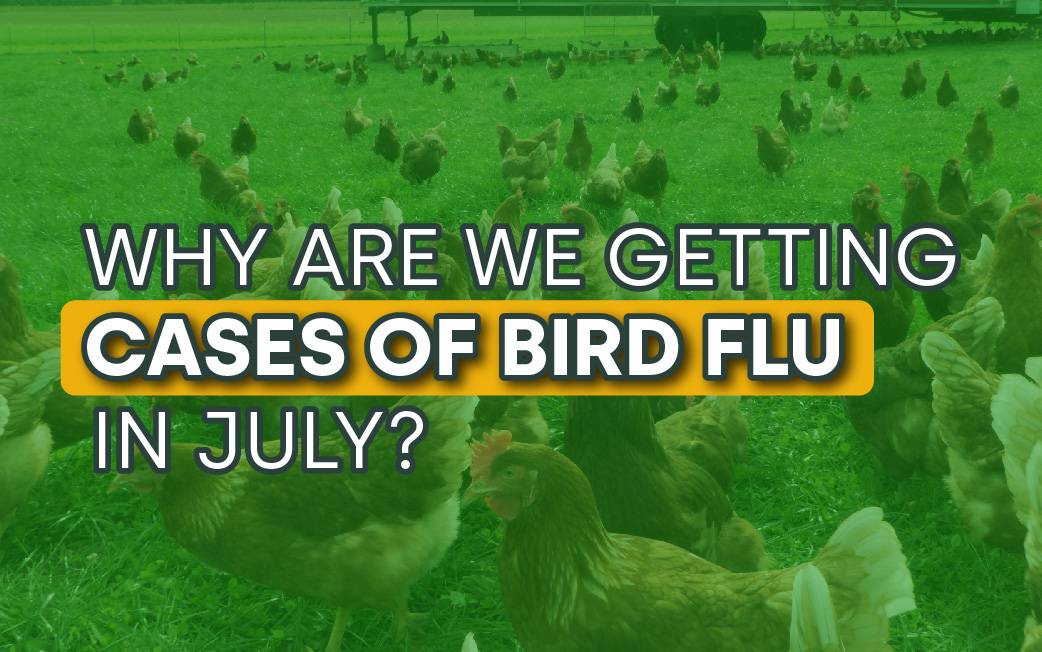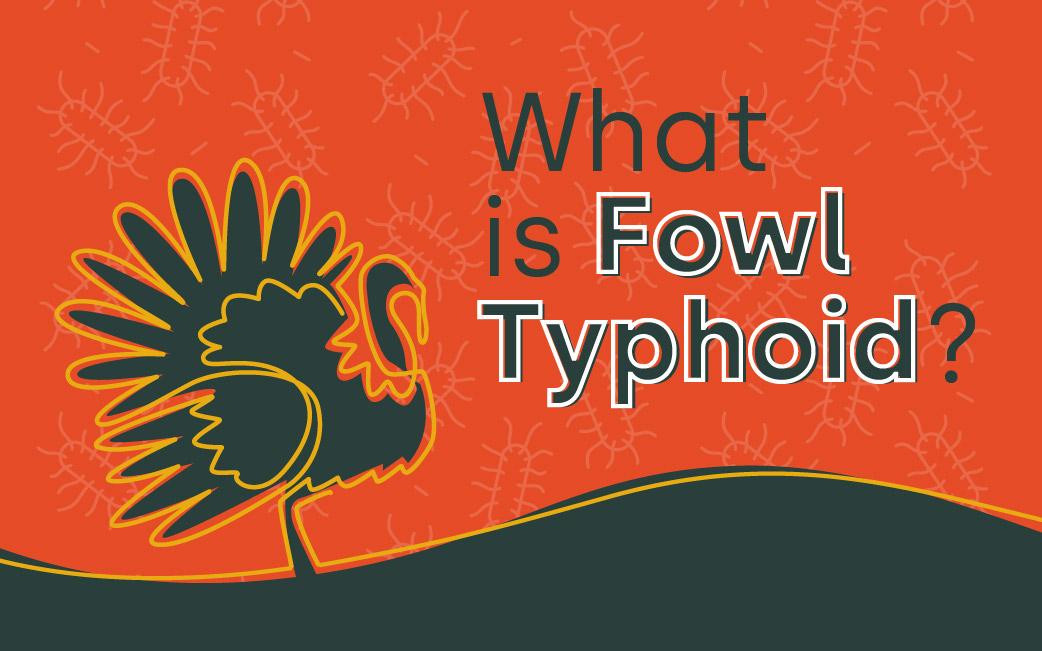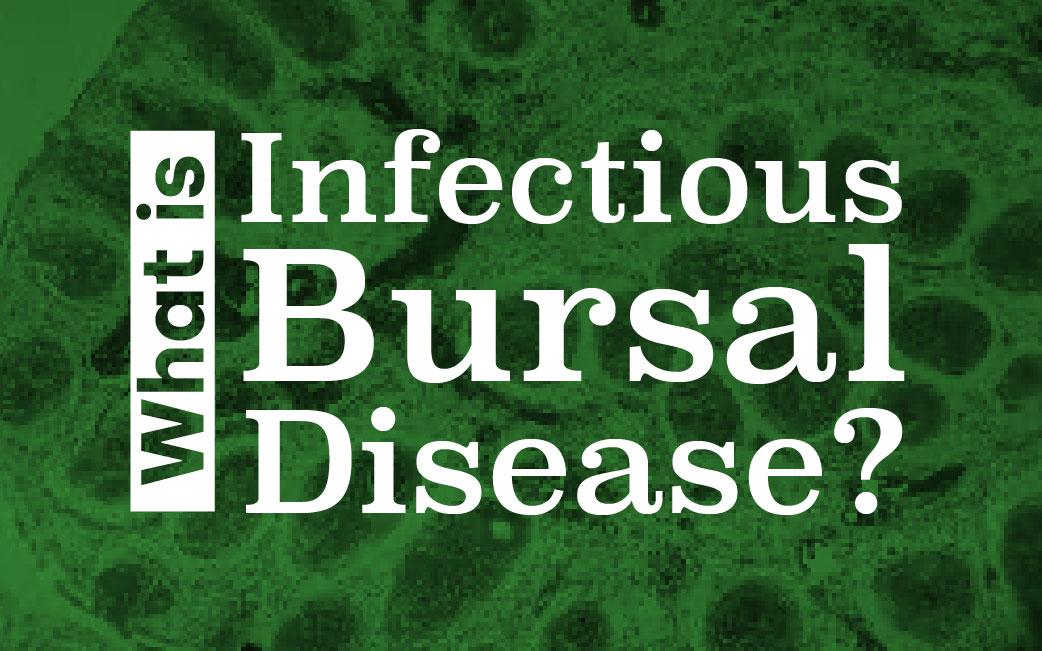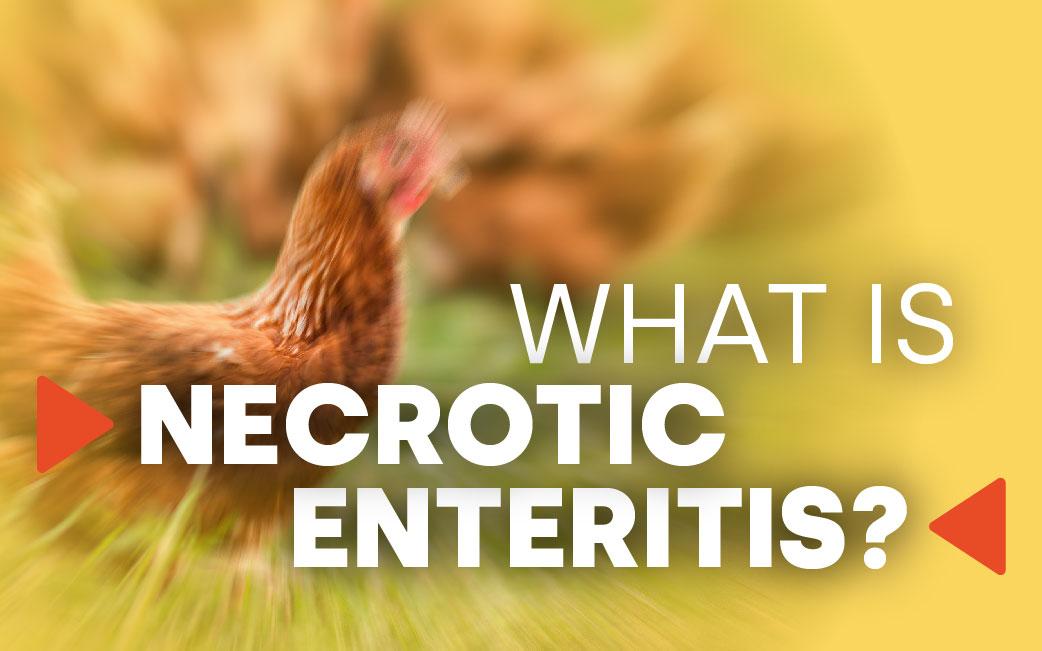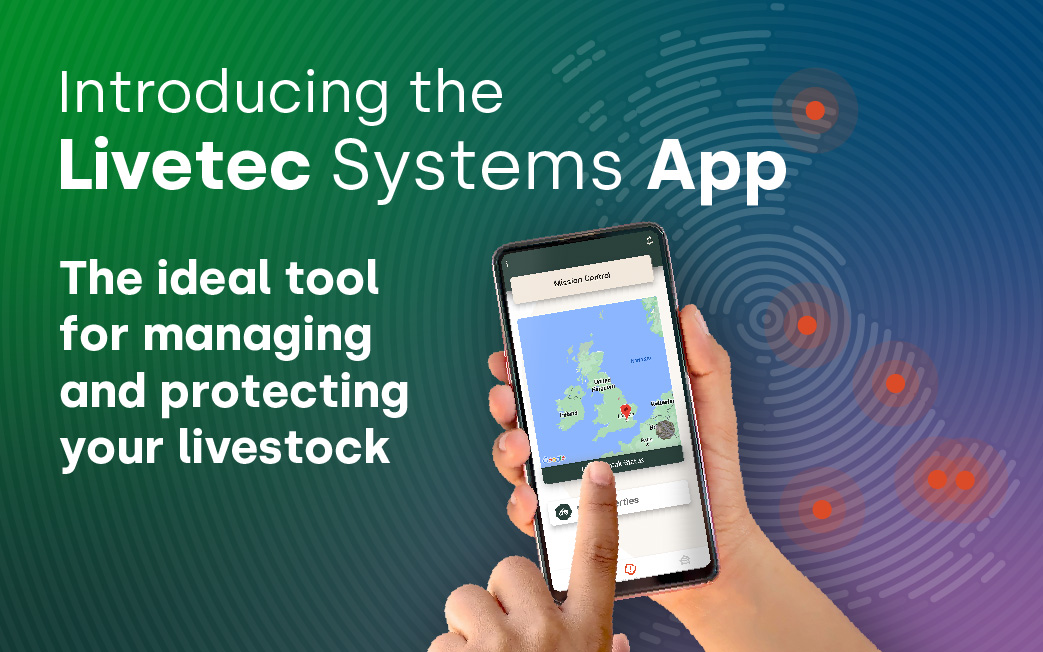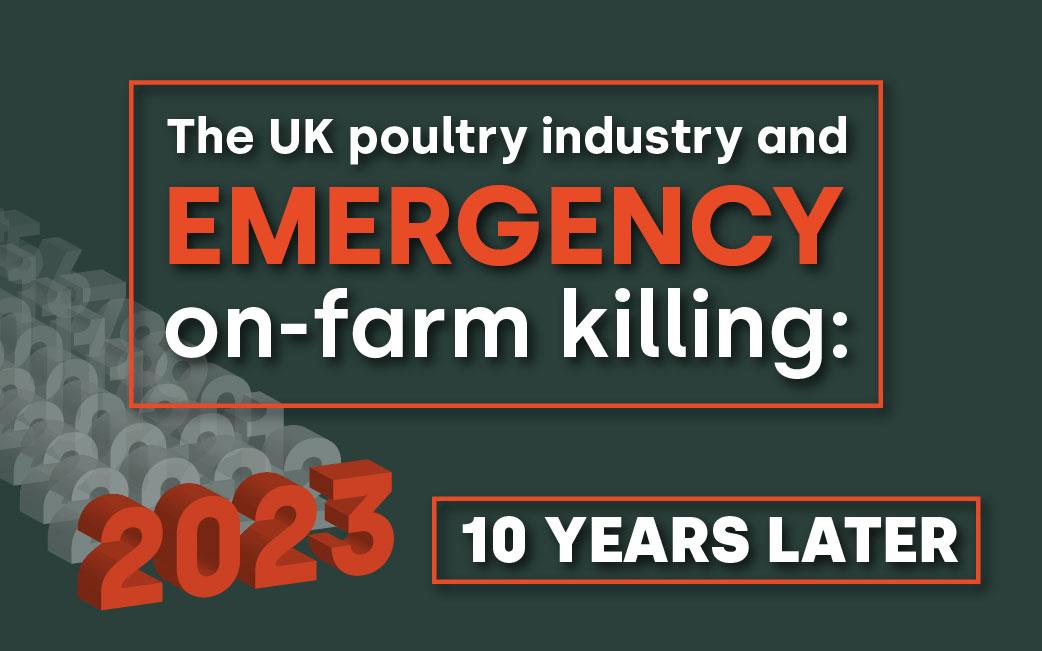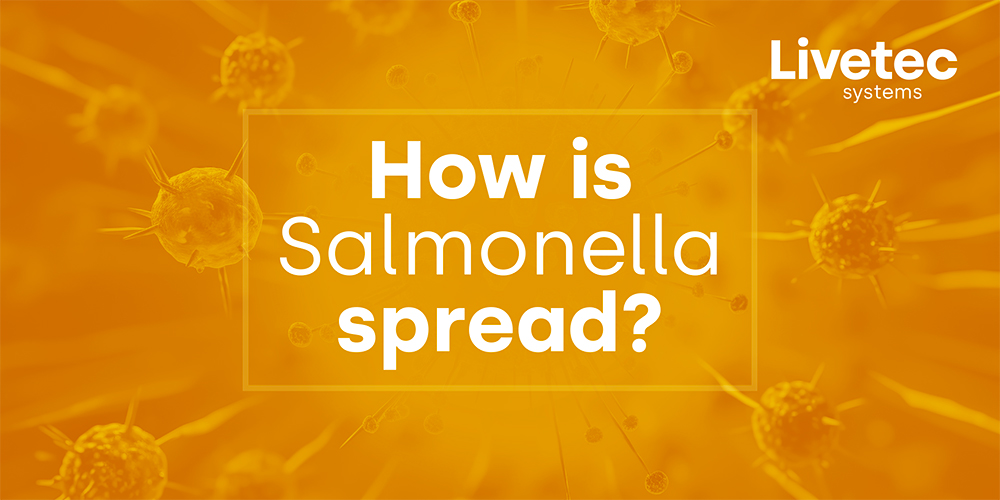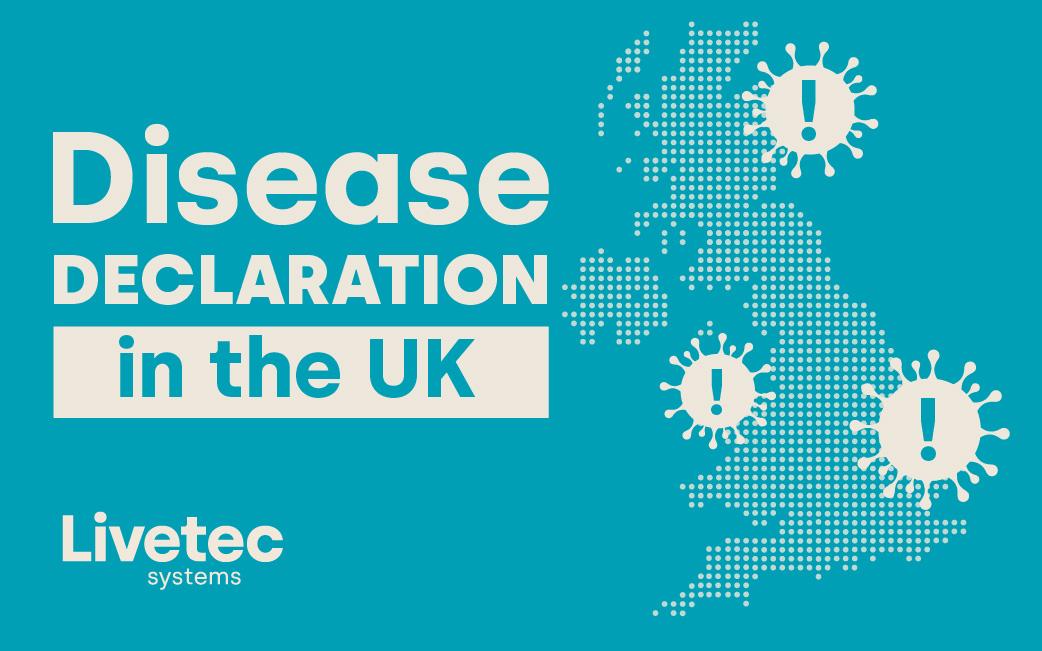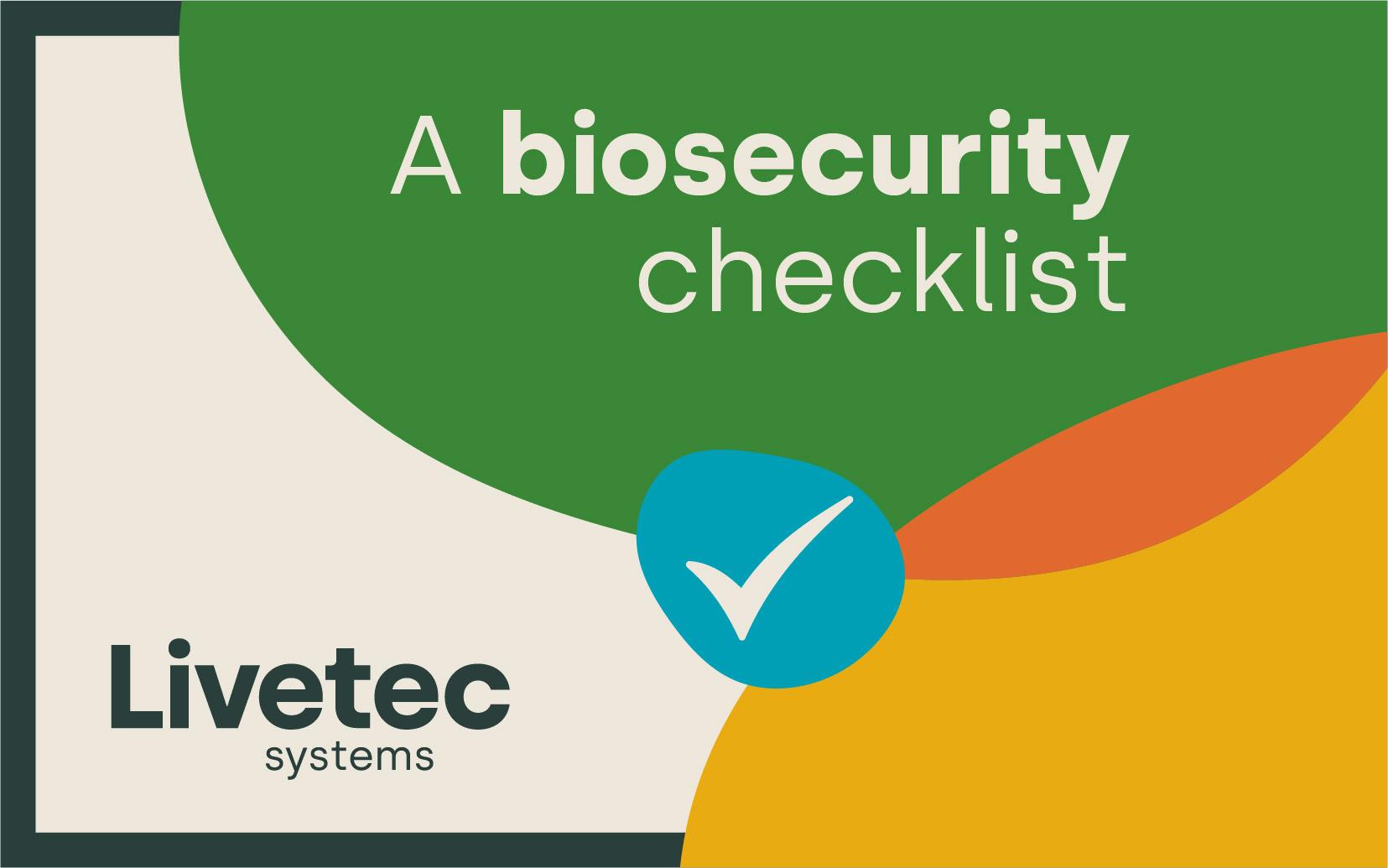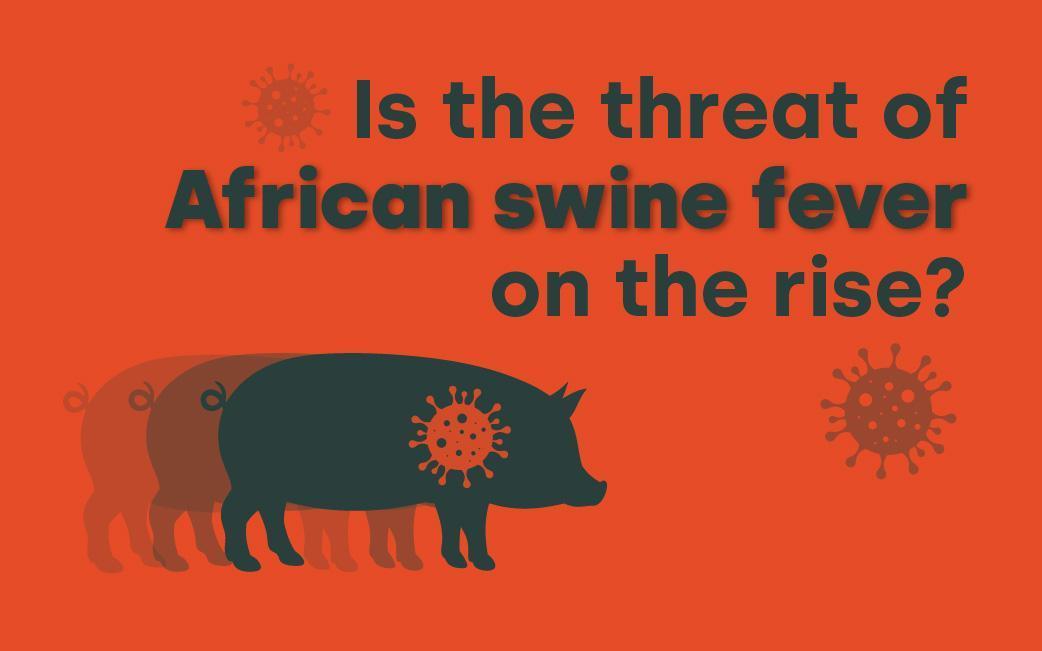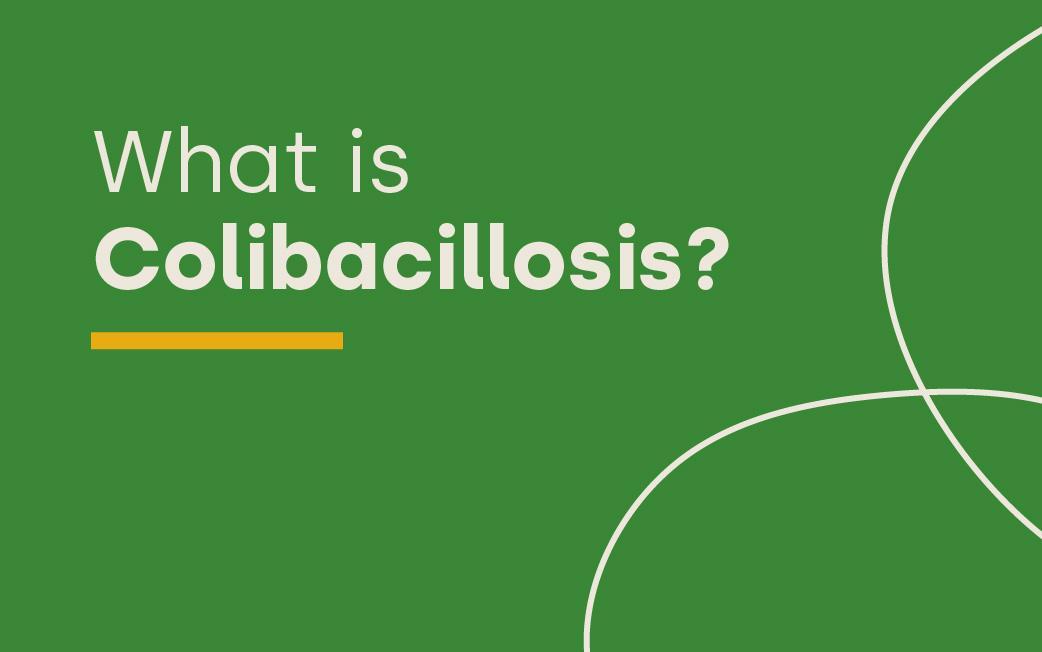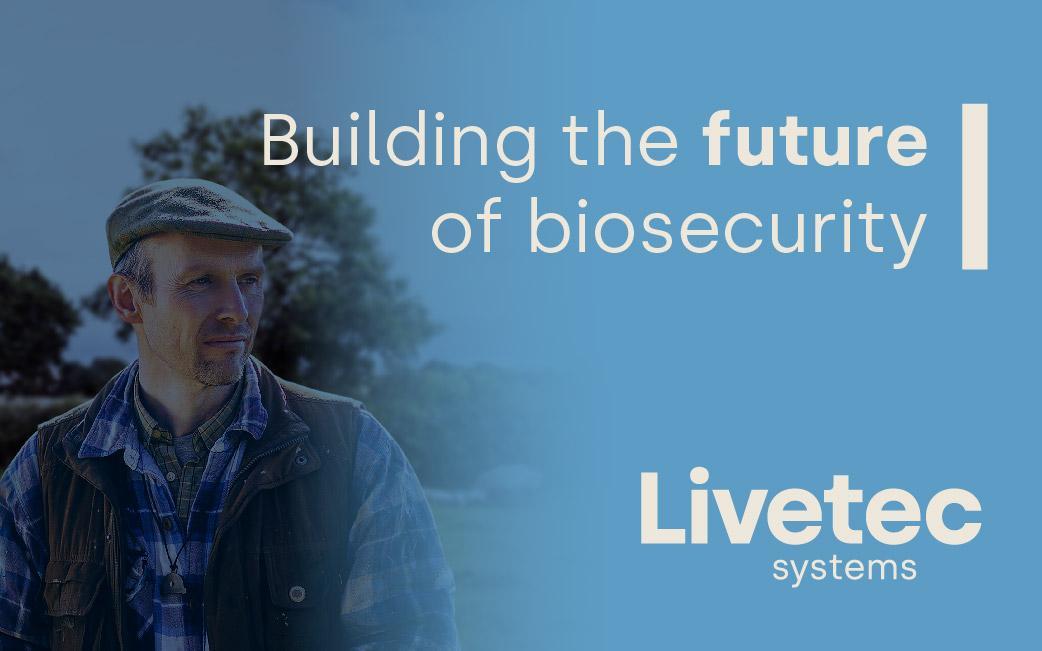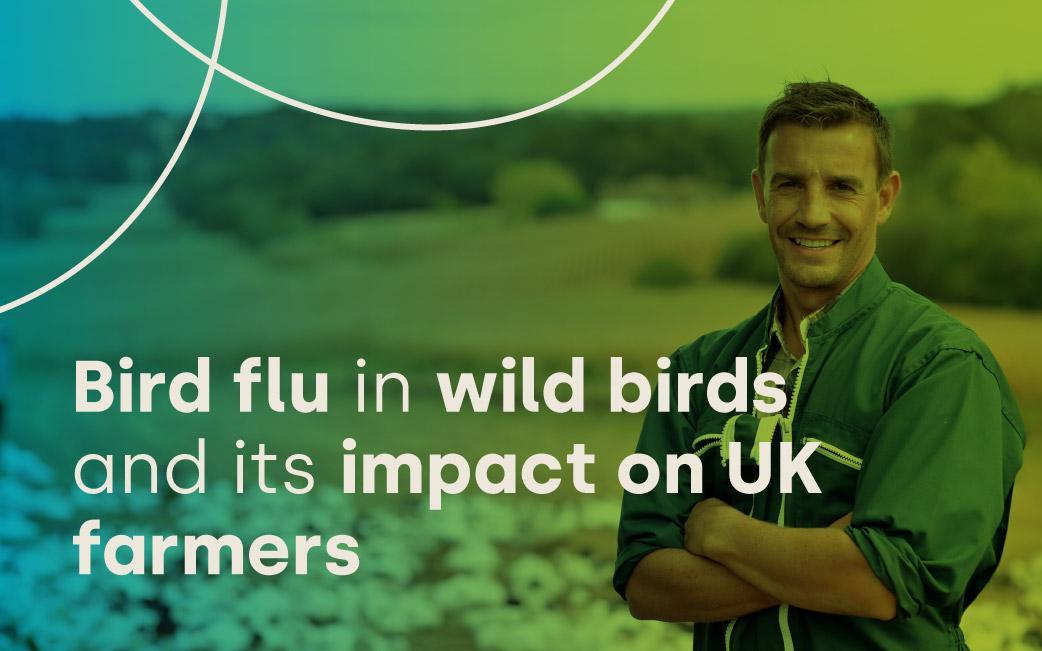Reducing the risk of pathogens entering the food chain
Recently, Dr. Richard Smith, a prominent researcher, provided insights into a collaborative effort aimed at mitigating the transmission of Salmonella and hepatitis E virus (HEV) in pigs, consequently minimising the associated risks to public health. The project, known as BIOPIGEE, was undertaken by a dedicated team of scientists from the Animal and Plant Health Agency (APHA) in the United Kingdom.
To ensure a comprehensive and diverse perspective, the APHA scientists assembled a consortium of experts from 14 reputable institutes situated across 12 European countries. This ambitious collaboration, spanning the past three years, was facilitated within the framework of the One Health European Joint Programme – a broader initiative encompassing various health-related domains.
The BIOPIGEE consortium’s aim was to find which biosecurity measures were the most effective and cost-efficient ways to control the spread of Salmonella and hepatitis E virus on pig farms as infected meat products can cause illness in humans.
They were able to combine evidence from a wide range of research studies, opinions from world-renowned experts and collected data from over 250 British and European pig farms. They also studied laboratory tests into the most effective disinfectant.
The team embarked on an extensive journey across England, visiting a total of 18 pig farms as part of their research. At each farm, they collected and tested 20 samples to assess the presence of both Salmonella and hepatitis E virus.
On two of the farms, they tracked a group of pigs from their birth to the processing stage, aiming to gain deeper insights into the dynamics of hepatitis E virus specifically within pig farm environments. Slaughterhouses have processes in place to minimise the risk of contamination of meat products, however the team of experts believe that it’s best practice to control the pathogens on the farm first.
To provide practical solutions to help the livestock industry, scientists produced a document with descriptions and photos on how to apply biosecurity on pig farms, which has also been shared with veterinary colleges and agricultural schools to use in their teaching.
The researchers uncovered complacency that posed a significant risk in disease transmission
One example is that they observed inadequate disinfection of boots, which could contribute to the spread of pathogens. Drawing from their findings, the team reached a conclusive recommendation: the implementation of robust biosecurity measures such as effective quarantining, thorough proper cleansing and disinfection plays a vital role in preventing the infiltration of pathogens into farms.
Additionally, the research identified another valuable strategy to control the prevalence of Salmonella. They proposed a simple yet effective approach of leaving a pig pen or barn vacant for a minimum of three days subsequent to thorough cleansing and disinfection. This intentional period of inactivity allows for a crucial interruption in the transmission cycle of the pathogen, thereby reducing the risk of infection and promoting a healthier environment for the pigs.
By emphasising the importance of these practices, the study highlights the significance of meticulous biosecurity measures in safeguarding the well-being of livestock and minimising the potential impact on public health. Implementation of these measures can significantly contribute to reducing the incidence of disease transmission within the pig farming industry.
As leaders in biosecurity, we know how critical it is to risk management
For over two decades, we have been at the forefront of providing products and services to protect the future of farming. One of which is our unique Biosecurity Advisory Service. With this robust service, one of our experts conducts an on-site review of your operations and advises you on implementing the most effective biosecurity measures.
Pig farmers can be assured that we will do everything in our power to protect their livestock and their livelihoods.
To find out more about how our services can help you, click here.













